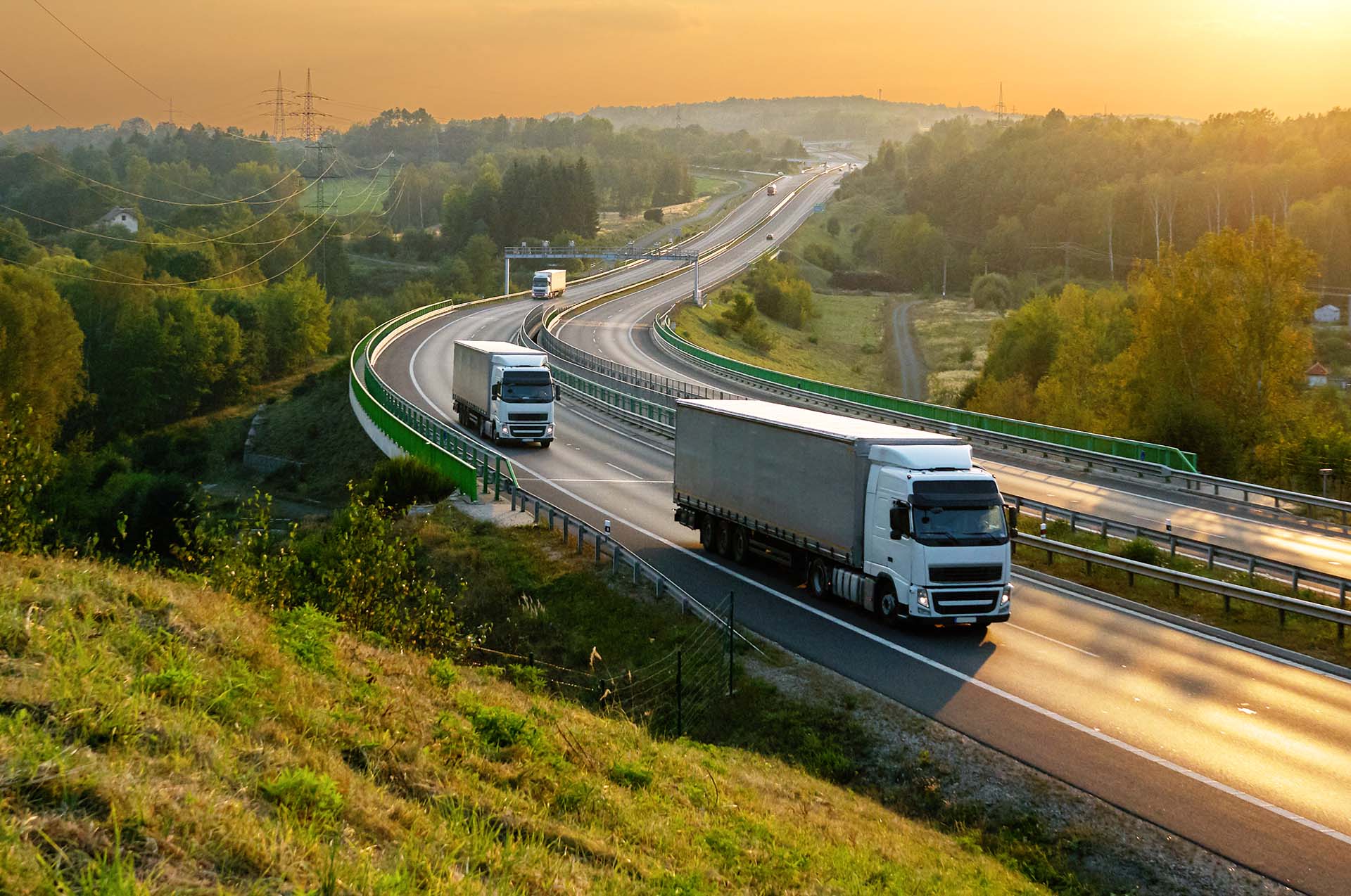In the dynamic and ever-evolving world of commerce, efficient logistics services have become the backbone of successful businesses. Companies are continually seeking ways to streamline their supply chains, reduce costs, and improve customer satisfaction. One key solution that has gained immense popularity is the seamless integration of transportation, warehousing, and distribution services. This holistic approach not only optimizes operations but also ensures a competitive edge in the marketplace.
The Synergy of Transportation, Warehousing, and Distribution:
Transportation, warehousing, and distribution are integral components of any supply chain. They are like pieces of a jigsaw puzzle, and when properly integrated, they create a seamless and efficient system. Let’s delve into the significance of each component:
Transportation – Efficient transportation is the lifeline of any logistics service. It involves moving goods from manufacturers or suppliers to distribution centers or directly to customers. Whether it is by road, rail, sea, or air, transportation needs to be timely, cost-effective, and flexible to meet varying demands. Integration with warehousing and distribution enables real-time tracking, route optimization, and synchronized scheduling, reducing transit times and costs.

Warehousing – Warehousing plays a crucial role in storing, managing, and safeguarding inventory. A strategically located warehouse can reduce transportation costs and delivery times significantly. Integration with transportation allows for just-in-time inventory management, reducing the need for excessive storage space and minimizing carrying costs. Moreover, modern warehousing systems utilize technology like RFID and automation, improving inventory accuracy and order fulfillment speed.
Distribution – The final step in the logistics chain is distribution, which involves delivering products to the end consumer or retailer. Integrated distribution ensures that goods are dispatched promptly from the warehouse to their destination, minimizing the risk of stockouts or overstock situations. Advanced distribution systems employ route optimization algorithms and GPS tracking to enhance delivery efficiency.
Benefits of Seamless Integration:
The integration of transportation, warehousing, and distribution services offers a multitude of benefits to businesses:
Cost Savings – One of the most significant advantages is cost reduction. Integrated systems enable better resource allocation, reducing transportation and warehousing expenses. Optimized routes and reduced storage requirements translate into lower operational costs.
Enhanced Efficiency – Integration streamlines operations, eliminating bottlenecks and reducing lead times. This results in faster order processing and improved customer satisfaction. Efficiency gains also lead to reduced errors in order fulfillment.
Inventory Management – Real-time data sharing between warehouses and transportation teams allows for better inventory control. Businesses can maintain leaner inventories, reducing carrying costs and minimizing the risk of obsolete stock.
Improved Customer Service – Faster and more accurate order fulfillment leads to happier customers. Integration enables real-time tracking and provides customers with accurate delivery estimates, enhancing their overall experience.
Adaptability – Integrated systems are more adaptable to changing market conditions and customer demands. Businesses can scale their operations up or down more effectively and respond quickly to unforeseen disruptions.
Data-Driven Decision-Making – With all components connected, businesses have access to comprehensive data. Move IT can be used for analytics and reporting, helping organizations make informed decisions to optimize their supply chain further.